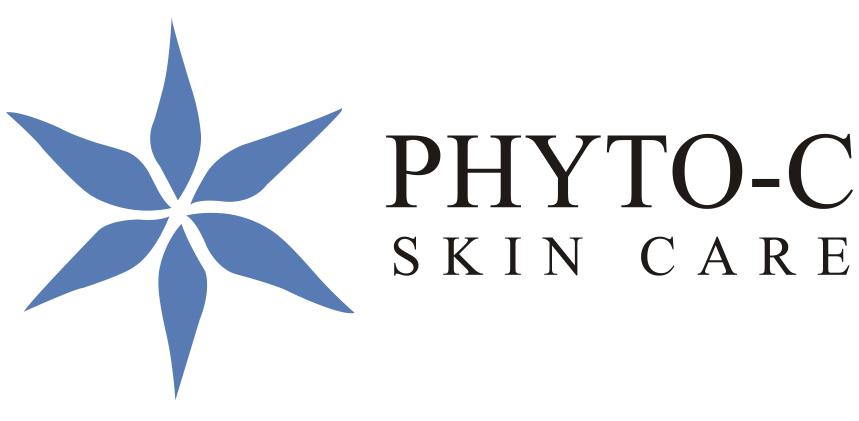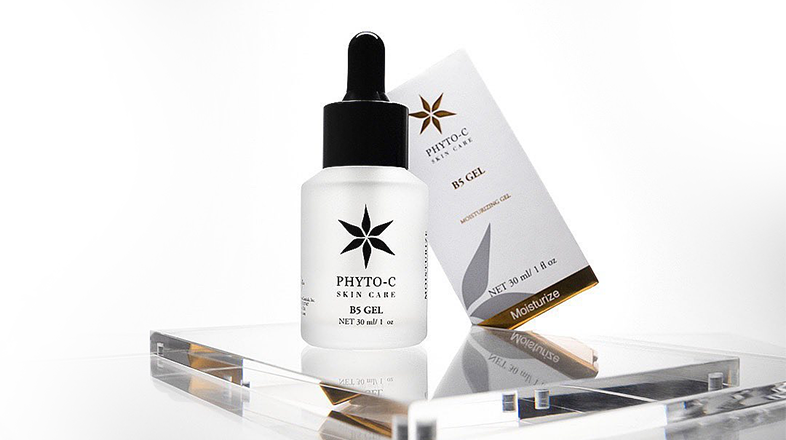So you’ve got yourself a vitamin C serum for face, but your skin isn’t exactly glowing yet? Don’t worry—it might not be the serum’s fault. Sometimes, it’s all about how you’re using it. Skincare works best when you layer products in the right order. Think of it like building a sandwich: the right layers make all the difference. If you mix up the steps, your skin might not get the full benefit, and your face serum for glowing skin ends up doing half the job. The good news? Learning how to layer properly isn’t complicated. Once you get the hang of it, your serum will absorb better, work faster, and leave your skin looking fresher and more even. Whether you’re just starting out or already have a skincare routine, this little layering trick can take your glow to the next level. Let’s break it down in the simplest way possible.
Step 1: Start with a Clean Base
- Before anything else, make sure your skin is clean. Your vitamin C serum for face won’t work its magic if there’s makeup, dirt, or oil sitting on your skin.
- Use a gentle cleanser that suits your skin type—nothing too harsh. A sulfate-free face wash is a safe bet since it cleans without stripping your skin’s natural oils.
- Rinse with lukewarm water (not hot!) to gently melt away grime without irritating your skin. Then pat your face dry with a soft, clean towel—don’t rub!
Pro tip: If you’ve had on heavy sunscreen or makeup during the day, try double cleansing. Start with micellar water or an oil-based cleanser, then follow up with your regular face wash. This gives your skin a fresh, clean start so the serum can absorb better.
Step 2: Tone (Optional but Helpful)
- Toning isn’t a must, but it definitely helps, especially if your skin feels dry or tight after cleansing. It preps your skin to better absorb your serum and adds a light layer of hydration.
- Stick to alcohol-free toners with calming ingredients like rose water or glycerin. These help soothe and refresh your skin without causing dryness or irritation.
- Skip any toner with strong acids right before using the vitamin C serums, especially if you have sensitive skin. Using too many active ingredients together can be a bit too much.
A good toner acts like a gentle welcome mat—it makes everything that follows (like your serum) work a little better.
Step 3: Apply Your Serum
Now comes the star of your routine—your vitamin C serum for face. Always use clean hands or the dropper that comes with the bottle. You don’t want to introduce bacteria into the product.
- Take 2 to 3 drops of the serum and gently press it into your skin. There’s no need to rub it in harshly—just pat it in with light fingers. This helps your skin absorb the serum better.
- Focus on areas that need a little extra love—like dull spots, dark marks, or fine lines. That’s where the brightening and collagen-boosting powers of vitamin C really shine.
If you’re wondering, how do I layer my vitamin C serum properly? The rule is simple: apply it before any heavier creams or oils. Since vitamin C is a lightweight serum, it needs to go on clean, bare skin to soak in fully and work its magic.
Can I Use Two Different Vitamin C Serums Together?
This question pops up often: “Is it okay to use different vitamin C serums together?” In general, no. Using more than one vitamin C serum for the face doesn’t double the glow. In fact, it could irritate your skin or cause breakouts, especially if the formulas have strong active ingredients or different types of vitamin C.
Different serums often have different pH levels and ingredients, which can clash and reduce how well they work. It also makes your routine harder to manage—you won’t know which product is doing what.
Stick to one good serum. A formula with 10–20% vitamin C plus Vitamin E is a great choice. It gives your skin all the glow and protection it needs, without the risk of overdoing it or irritating your skin. Simple really is better when it comes to skincare!
Step 4: Lock It In with Moisturizer
Once your vitamin C serum has fully absorbed (wait about 30–60 seconds), apply a light moisturizer. This step seals in the serum and keeps your skin barrier hydrated and happy.
- Choose a moisturizer without strong actives (like retinol or AHAs) unless you’ve used the combo before. This helps avoid unexpected irritation or product conflict.
- For dry skin, go for cream-based moisturizers. For oily skin, gel-based options work well. Always apply it gently in upward strokes to avoid tugging on the skin.
Step 5: Don’t Forget Sunscreen (Morning Use)
Here’s one of the most common mistakes: applying vitamin C serum for face in the morning and skipping SPF.
What happens if you use vitamin C without sunscreen?
You leave your skin more vulnerable. Vitamin C boosts your sun protection, but it doesn't replace sunscreen. Without SPF, your skin may still suffer from UV damage, canceling out all the brightening and anti-aging benefits, especially with a vitamin C serum for sensitive combination skin.
Use a broad-spectrum SPF 30 or higher every single day, even if it’s cloudy. Make it your last layer, and don’t forget the neck and ears.
Evening Routine? Keep It Simple
Vitamin C can be used in the evening too, especially for those who experience sun sensitivity. In your night routine:
- Cleanse
- Tone (if needed)
- Apply vitamin C serum
- Moisturize
Avoid using it with retinol or exfoliating acids unless your skin is used to the combination.
What Are the Mistakes While Using Vitamin C Serum?
Let’s address this query with real-world answers:
1. Using it with the wrong products
Avoid layering vitamin C serum with harsh actives like benzoyl peroxide, strong AHAs, or retinoids unless guided by a dermatologist. This combo can lead to irritation, redness, or reduced effectiveness.
(Always check ingredient labels or consult a skincare expert before mixing actives.)
2. Not storing it correctly
Vitamin C is notoriously unstable and can oxidize quickly when exposed to light, air, or heat. Always store it in a cool, dark place and keep the cap tightly sealed.
(If your serum turns brown or smells metallic, it’s time to toss it.)
3. Skipping sunscreen
What really happens when you use vitamin C serum without sunscreen is the risk of sun damage and hyperpigmentation. Vitamin C enhances SPF performance, but can’t replace it—always apply broad-spectrum sunscreen after your morning routine.
(No matter the weather, sunscreen is non-negotiable when using brightening serums.)
4. Using too much too soon
New to vitamin C serum for face? Start slow. Begin with a 10% concentration to allow your skin to adjust and prevent dryness, tingling, or redness that can occur with stronger serums.
(Overloading your skin can lead to barrier damage instead of a glow.)
5. Not applying it regularly
Like most skincare ingredients, consistency is key. Using vitamin C serum once in a while won’t give lasting results. For glowing, even-toned skin, daily use is highly recommended—preferably in the morning.
(Set a routine and stick to it to truly see the vitamin C serum benefits.)
Choosing the Right Formula: Which Vitamin C Serum Is Best?
This is one of the most-searched skincare questions: “Which vitamin C serum is best?” The most suitable formula depends on your skin type and goals.
- For sensitive skin: Choose a serum with lower vitamin C concentrations (around 5–10%) to minimize the risk of irritation or redness. Look for a good vitamin C serum for sensitive skin with formulas that include calming ingredients like niacinamide, aloe vera, or chamomile extract. Hydrating elements like hyaluronic acid are great additions, as they soothe and strengthen the skin barrier.
- For oily or acne-prone skin: If your skin tends to get shiny or break out easily, go for a lightweight, water-based vitamin C serum. These formulas absorb quickly and won’t leave your face feeling greasy or sticky. Look for helpful ingredients like zinc or salicylic acid—both are great for keeping oil under control and preventing breakouts. Try to avoid serums with heavy oils or thick, silicone-based ingredients. These can clog your pores and lead to more acne, which is the last thing you want from your skincare routine.
- For aging, dull, or sun-damaged skin: If your main concern is fine lines, uneven tone, or sunspots, you’ll want a more potent vitamin C serum. Something with 15–20% L-ascorbic acid will give you the most collagen-boosting benefits and antioxidant power. To get the best results, look for serums that also contain ferulic acid or vitamin E. These ingredients help stabilize vitamin C and make it work even better.When shopping, check the label for words like brightening, firming, or anti-aging. These usually point to formulas designed for skin that needs a little extra repair and glow.
Final Thoughts
Layering your skincare isn’t just about throwing on products—it’s about making sure each one works to its fullest potential. And when it comes to your face serum for glowing skin, vitamin C deserves the spotlight.
By applying it in the right order, avoiding common mistakes, and pairing it with supportive products (like sunscreen and moisturizers), your skin will reward you with a glow that’s impossible to miss. PHYTO-C Skin Care offers one of the most reliable dermatologist-tested formulas with Vitamin C and Vitamin E. Our serums are stabilized, gentle, and suitable for daily use, even if you’re a beginner.
So go ahead, treat your skincare like a ritual. Your future self will thank you.
Frequently Asked Questions:
Q1. Should I use my vitamin C serum in the morning or night?
Morning is best, as it works with sunscreen to fight free radicals and pollution. But if you use other actives like retinol at night, vitamin C serum uses are flexible, just don’t mix them together.
Q2. Can I layer vitamin C with niacinamide?
Yes! Older myths said not to, but modern formulations make this combo safe and effective. Together, they help brighten skin, improve texture, and reduce inflammation over time. Make sure to check everything on the label and do a patch test before applying to your face.
Q3. How long should I wait after applying vitamin C serum?
Wait 30–60 seconds before applying moisturizer. This gives your vitamin C serum for face enough time to absorb properly without being diluted or blocked by heavier creams.




 Next Post
Next Post